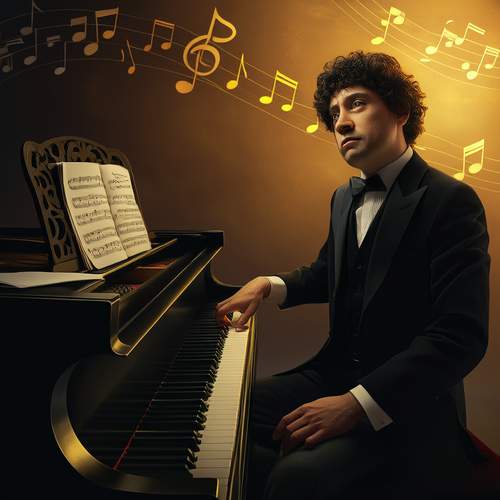
By / May 30, 2025
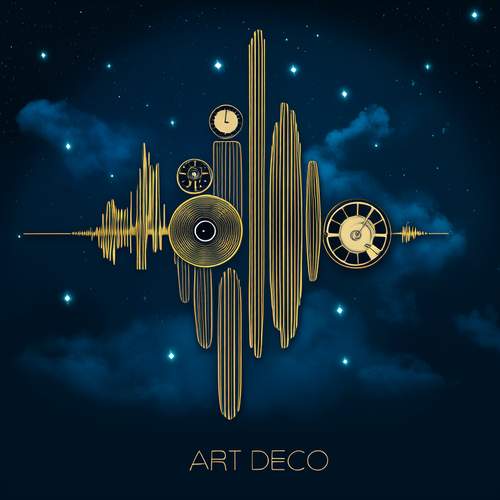
By / May 30, 2025

By / May 30, 2025
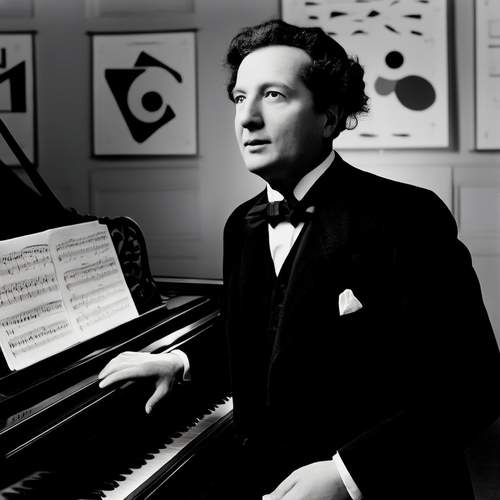
By / May 30, 2025

By / May 30, 2025
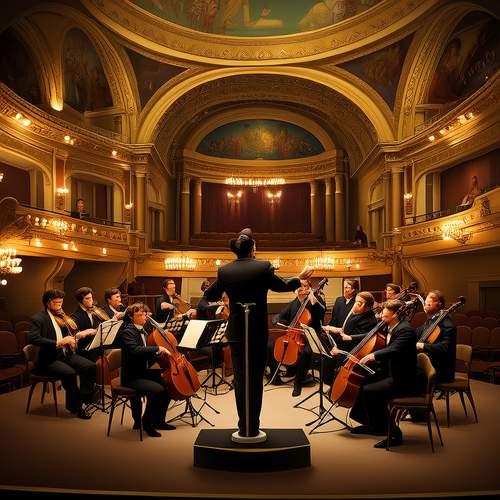
By / May 30, 2025

By / May 30, 2025
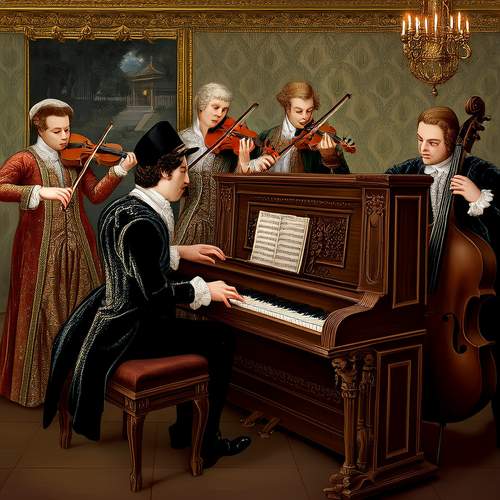
By / May 30, 2025
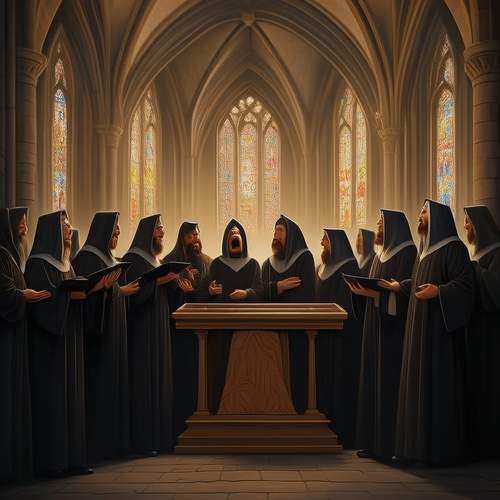
By / May 30, 2025

By / May 30, 2025
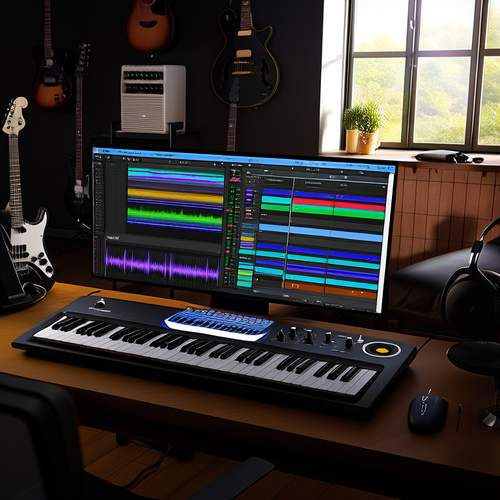
By / May 30, 2025
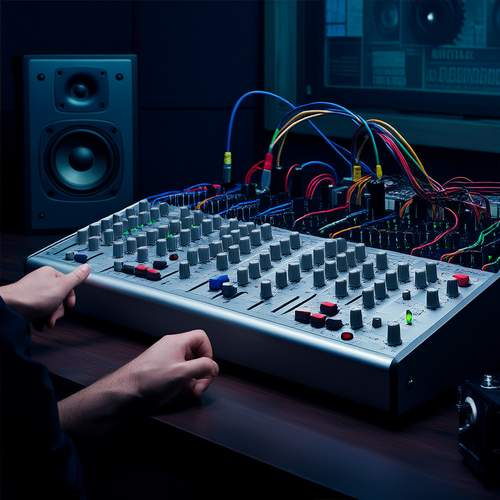
By / May 30, 2025
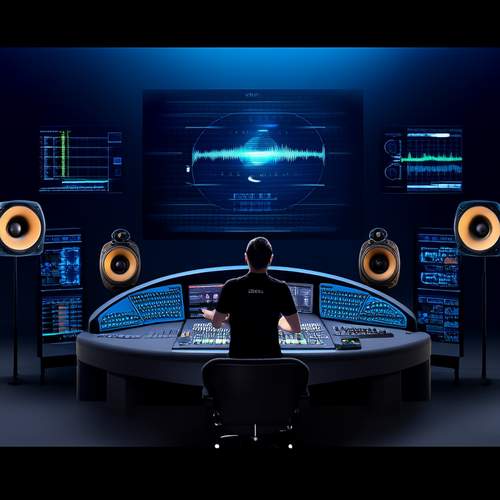
By / May 30, 2025

By / May 30, 2025
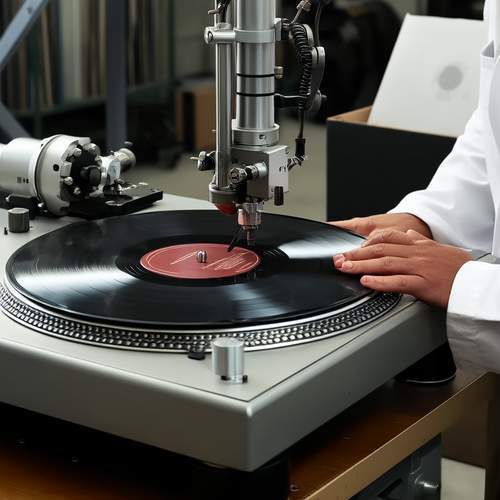
By / May 30, 2025
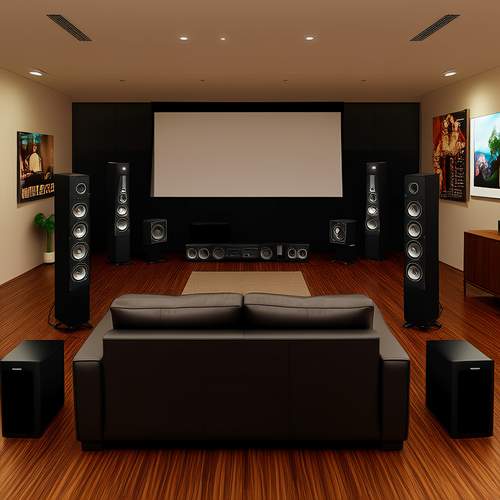
By / May 30, 2025

By / May 30, 2025

By / May 30, 2025
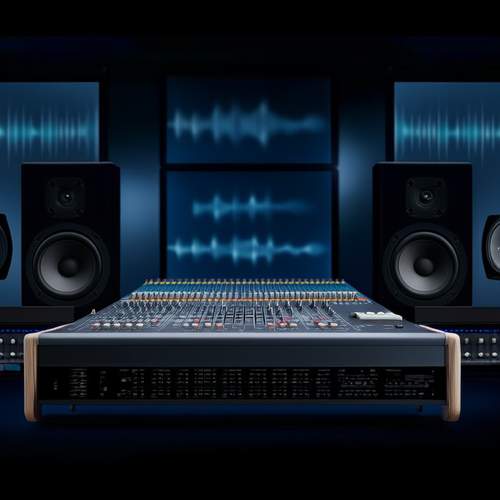
By / May 30, 2025
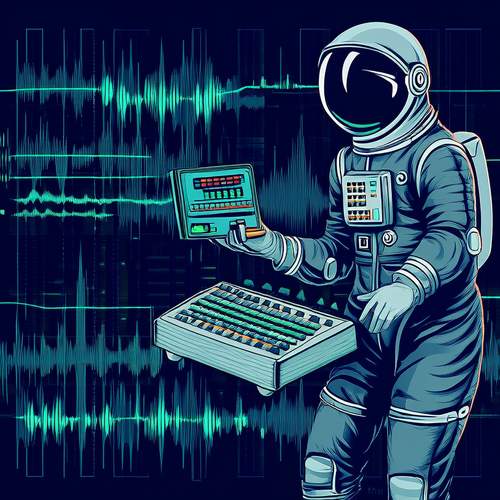
By / May 30, 2025